Did you know that by 2025, almost half of the world’s population will be living in water-stressed areas? For CEOs and CFOs leading construction projects in arid regions, this isn’t just a future forecast—it’s a current emergency. Discover how cutting-edge water conservation technologies can turn looming industry threats into resilient, high-value opportunities.
Water Conservation Technologies for Green Construction in Arid Regions: Transforming Industry Challenges into Sustainable Solutions
“According to the United Nations, almost half of the world’s population will live in water-stressed areas by 2025—a pressing reality for today’s construction leaders in arid regions.”
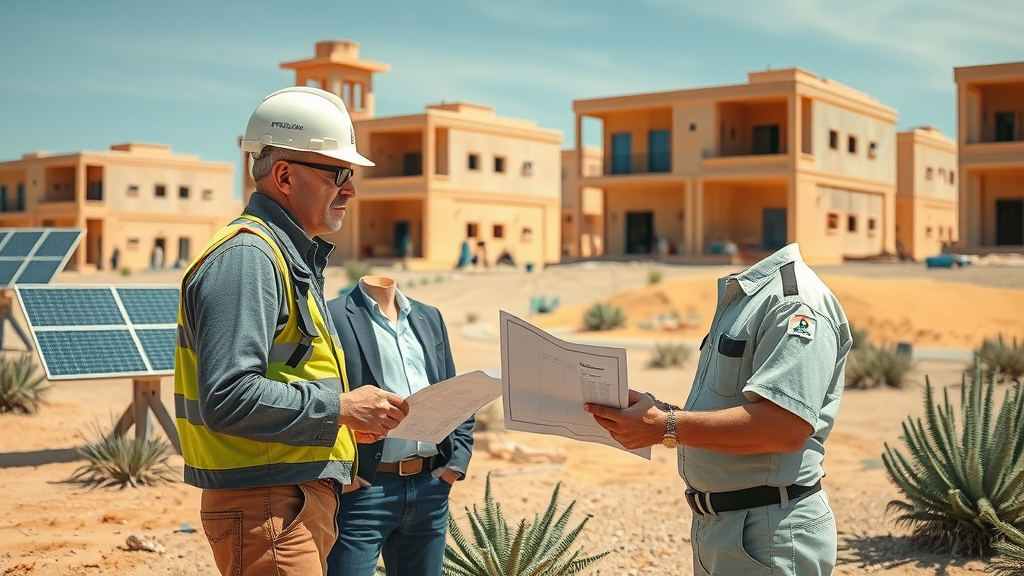
In arid regions, water scarcity and climate change are not distant threats—they’re daily operational challenges. For construction leaders striving for green building, embracing advanced water conservation technologies is essential. These innovations don’t just help reduce water consumption and operating costs; they underpin long-term resilience, regulatory compliance, and increase overall asset value in a competitive market.
Incorporating smart irrigation systems, greywater recycling, and rainwater harvesting directly addresses the urgent need to conserve water and manage water resources more efficiently. As water restrictions intensify and client expectations for sustainability grow, firms that integrate these solutions can confidently attract investment and secure their portfolios against environmental risk.
What You'll Learn in This Guide to Water Conservation Technologies for Green Construction in Arid Regions
The current state of water scarcity and climate change impacts in arid regions
Essential water conservation techniques for green building projects
Cutting-edge water management solutions and green infrastructure
Key technologies: rainwater harvesting, greywater recycling, smart irrigation systems
Real-world case studies and practical strategies to reduce water usage
How CEOs/CFOs can future-proof construction portfolios through sustainable water management
Understanding Water Scarcity and Climate Change in Arid Regions
The Link Between Water Scarcity and Green Buildings
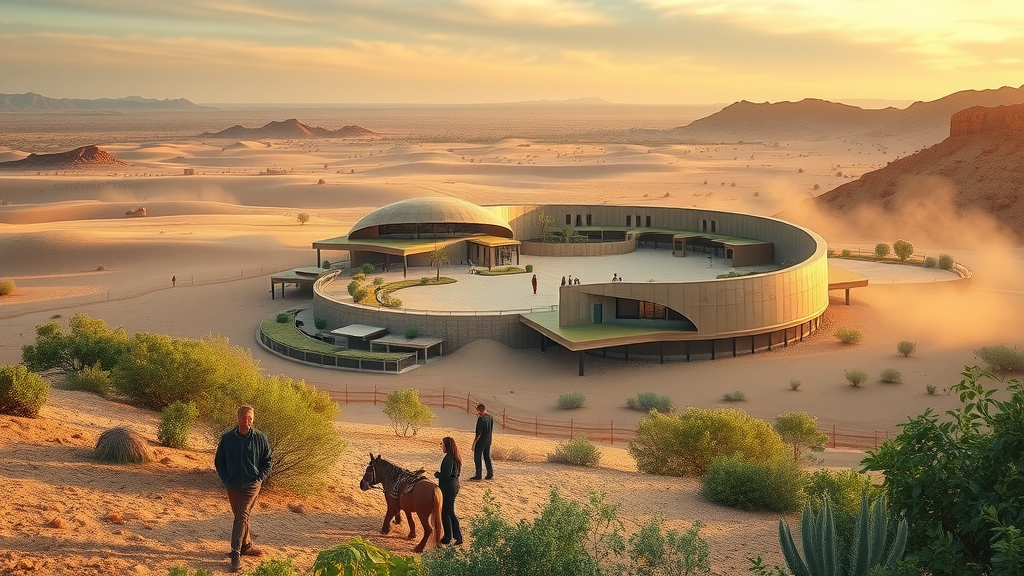
Water scarcity in arid regions is intricately linked to the imperative for green buildings. These environments, already subject to limited water resources, are being pushed further by rapid urbanization and escalating climate change impacts. As demand for fresh water grows, the construction sector faces increased scrutiny for its overall water consumption. Traditional construction practices are often resource-intensive, but green buildings offer a transformative approach by embedding water conservation strategies from the outset.
By focusing on water management at every phase—design, construction, and operation—green building projects can drastically reduce their reliance on dwindling water sources. This is not just about meeting regulatory requirements; it’s a proactive investment in operational sustainability, community wellbeing, and project reputation. The successful integration of these technologies enables small and mid-sized firms to position themselves as leaders in responsible development, even in the world’s most water-challenged geographies.
Climate Change: Pressures on Water Resources and the Construction Sector
As temperatures rise and unpredictable weather patterns intensify, arid regions face both immediate and long-term threats to water availability. Climate change exacerbates evaporation rates, depletes water resources, and puts additional stress on local ecosystems and infrastructure. In this volatile context, construction firms must recalibrate their approach to water management, seeking solutions that mitigate risk and support resilience.
The construction sector, accounting for a significant portion of global water usage, is uniquely positioned to drive innovation. By prioritizing efficient irrigation systems, greywater recycling, and proactive water conservation techniques, companies can safeguard project schedules, avoid costly delays, and enhance their reputation with stakeholders—while playing a vital role in climate adaptation strategies for the communities they build in.
Comparison of Water Availability and Usage in Arid vs. Non-Arid Regions |
||
Metric |
Arid Regions |
Non-Arid Regions |
|---|---|---|
Average Annual Rainfall |
Less than 250 mm |
500–2000 mm |
Per Capita Water Availability |
Below 1,000 m³/year |
Above 2,000 m³/year |
Typical Water Consumption (Construction) |
High relative to resource base |
Moderate to high, but more easily replenished |
Suitable Water Sources |
Rainwater, recycled greywater, imported supplies |
Surface water, groundwater, rainwater, greywater |
Principles of Water Conservation Technologies for Green Construction in Arid Regions

Core Water Conservation Strategies for Green Building Success
The most effective water conservation technologies for green construction in arid regions unite proven techniques with modern innovations. Rainwater harvesting is foundational: collection systems direct precious rainfall into storage tanks for later use, reducing dependence on municipal supplies. Greywater recycling captures lightly used water from sinks, showers, and laundry for reuse in irrigation or toilet flushing—a technique that can offset significant water demand. Both practices are straightforward, scalable, and increasingly mandated by green building certification programs.
Rainwater harvesting
Greywater recycling
Smart irrigation systems
Efficient plumbing and fixtures
Native and drought-tolerant landscaping
Water smart design and construction practices
In addition, successful projects employ smart irrigation systems, efficient plumbing fixtures, native landscaping, and water smart design. These tactics ensure that every possible drop is maximized, minimizing loss through evaporation or inefficiency. For C-level leaders, making these strategies part of the initial design process transforms water conservation from a compliance line item into a proactive, value-driven practice.
Adopting Smart Water Management Systems in Arid Region Projects

Digital Water Management Technology: Real-Time Monitoring and Analytics
Modern smart water management platforms combine IoT sensors, cloud-based analytics, and automated controls to deliver unmatched visibility into water usage. These systems continuously track amounts of water entering, circulating within, and leaving a construction site or building. Moisture sensors embedded in soil or infrastructure provide precise data, enabling engineers to adjust irrigation systems and manage leaks before they escalate.
For green buildings, digital tools mean faster identification of inefficiencies and better alignment with water conservation goals. Real-time data supports reporting for certifications like LEED or BREEAM and ensures compliance with escalating local regulations. For CEOs and CFOs, the take-home is simple: investing in real-time analytics translates directly into measurable ROI and sustainable market leadership.
Integrating Green Infrastructure into Water Conservation for Green Buildings
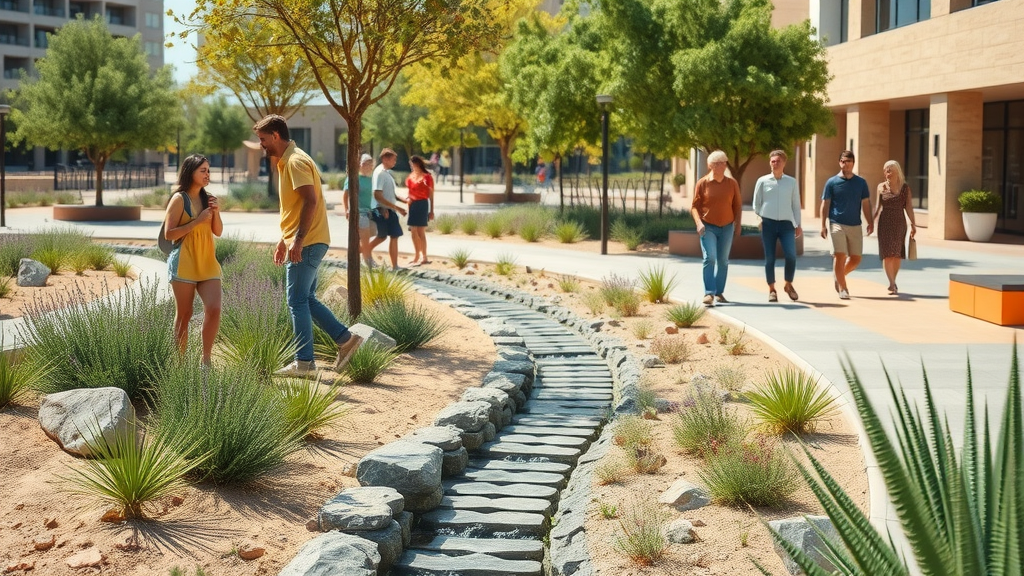
Green infrastructure leverages nature-based solutions such as bioswales, rain gardens, permeable pavements, and constructed wetlands to manage stormwater and recharge aquifers. These features are especially effective in arid regions, where capturing and redirecting scarce rainfall is a top priority. By integrating such systems into site design, firms not only meet water conservation targets but also create healthier, more attractive environments for occupants and the surrounding community.
Crucially, green infrastructure works synergistically with digital water management technologies, maximizing the benefits of both. Combined, they help reduce water demand, mitigate runoff, and enhance ecosystem resilience—all vital in the context of arid-region green buildings. As clients and investors seek tangible environmental and social returns, projects that prioritize these integrations stand out for their holistic sustainability.
Key Water Conservation Technologies for Green Construction in Arid Regions
Rainwater Harvesting Systems in Green Building Projects

Rainwater harvesting is one of the most direct and effective ways to conserve water in green buildings. Systems are designed to channel rainfall from roofs and hardscapes into storage tanks or underground cisterns. In arid regions, where every millimeter counts, even small collection areas can provide essential backup water for landscaping, cleaning, and—after treatment—non-potable uses inside the building.
The implementation of rainwater harvesting is not limited to large projects. Modular systems are available that enable even small construction firms to comply with green building standards and demonstrate environmental stewardship to eco-conscious clients. These systems often integrate with smart controls and filtration to maximize usability and efficiency, making them a mainstay of forward-thinking water management plans.
Greywater Recycling Technologies for Water Reduction in Green Buildings
Greywater recycling diverts gently used water from showers, laundry, and wash basins—a process that can lower total project water consumption by up to 30%. After basic filtration and chemical treatment, recycled greywater is rerouted for landscape irrigation or toilet flushing. Systems can be decentralized (serving a single building) or centralized for larger campuses, often paired with digital monitoring for quality control.
With local authorities tightening restrictions and raising water rates, greywater recycling is rapidly gaining traction as a must-have feature in arid-region construction. It’s not just sustainable, but economically prudent—allowing project teams to reduce operational costs and safeguard water access even during periods of severe scarcity.
Smart Irrigation Systems and Efficient Irrigation Management
Smart irrigation systems use soil moisture sensors, weather forecasts, and AI-powered controllers to ensure that landscaping receives exactly the amount of water needed—no more, no less. In an arid region, this precision protects limited water resources and preserves investment in expensive native or drought-tolerant plantings. These systems adapt in real time, adjusting irrigation schedules based on plant needs and site conditions.
Compared to manual or timer-based irrigation, smart solutions can cut outdoor water usage by up to 50%. By integrating with wider water management systems, they feed data upstream and support compliance, reporting, and ongoing optimization. This technology is a clear differentiator for firms pursuing green building certifications and seeking long-term, low-maintenance landscapes.
“Using advanced water conservation technologies can reduce water consumption in green construction projects by up to 40% in arid regions.” – Environmental Research Institute
Case Study: Water Conservation Success in a Green Building in an Arid Region

In a recent example, a mid-sized office complex in a major southwestern U.S. city combined rainwater harvesting, greywater recycling, and smart irrigation systems to achieve LEED Platinum certification. Rainwater from green roofs and regular roof areas was funneled to storage tanks and used for both irrigation and site cleaning. Greywater collected from sinks and showers irrigated native landscaping, which was selected for low overall water consumption.
The smart irrigation system used soil moisture sensors to precisely deliver water only where needed, leading to a 40% reduction in landscape water usage over the city average. By embedding these technologies in the construction phase, the building not only met municipal requirements but won accolades from both local government and tenants, solidifying its status as a model for green construction in arid regions.
Water Resource Optimization: Designing for Sustainability in Green Construction
Selecting Efficient Water Resources and Irrigation Systems
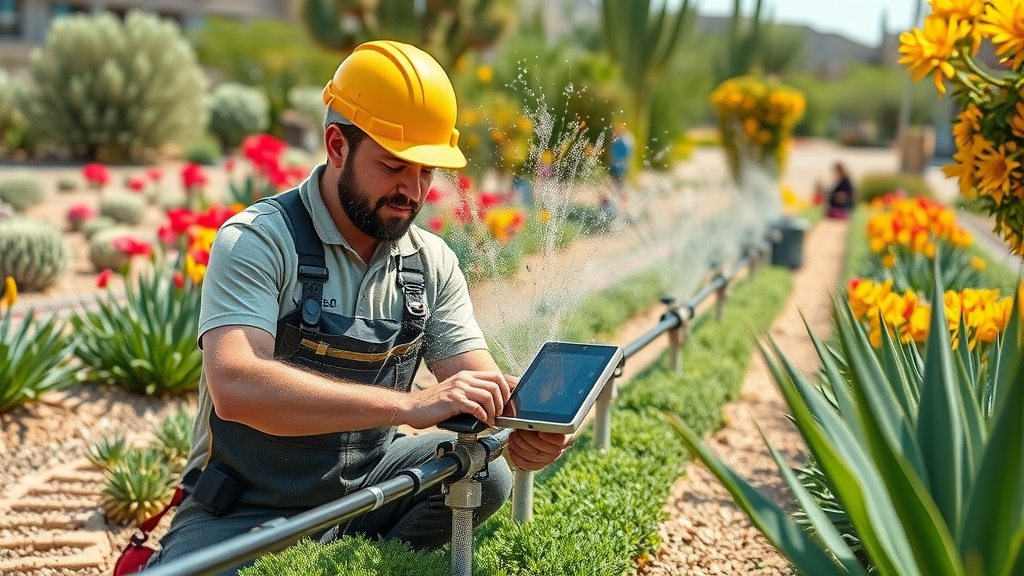
Choosing efficient water resources is the foundation of sustainable green building design in arid regions. Drip irrigation systems, which deliver water directly to plant roots, represent a significant leap over traditional sprinklers—minimizing both evaporation and runoff. Paired with weather-based or sensor-driven controls, these systems adapt to the day’s climate and soil needs, creating resilient installations that thrive in scarcity.
Beyond hardware, selecting suppliers and contractors with a strong sustainability track record ensures best practices from initial design through project delivery. CEOs and CFOs should request proof of system efficacy, check maintenance protocols, and monitor outcomes through digital dashboards to confirm sustained water efficiency throughout the asset’s lifecycle.
Water Smart Design for Maximum Impact in Arid Region Projects
Low-flow fixtures
Water-efficient appliances
Permeable hardscapes
Advanced soil moisture monitoring
Integrating low-flow fixtures, water-efficient appliances, and permeable hardscapes are hallmarks of water smart design. These components reduce indoor demand and facilitate on-site absorption and infiltration, supporting holistic water management. Advanced soil moisture monitoring—using digital or analog sensors—provides contractors and owners with actionable analytics, promoting optimal irrigation and reducing waste.
The combination of these strategies not only reduces water usage but also positions green buildings as leaders in climate-adapted construction. In every phase, from early planning to finished occupancy, water smart design adds measurable value and demonstrates clear environmental responsibility.
People Also Ask: Essential Questions about Water Conservation Technologies for Green Construction in Arid Regions
What are the methods of water conservation in arid regions?
Effective methods include rainwater harvesting, greywater recycling, use of smart irrigation systems, employing water-efficient plumbing, and opting for drought-resistant landscaping in green building initiatives.
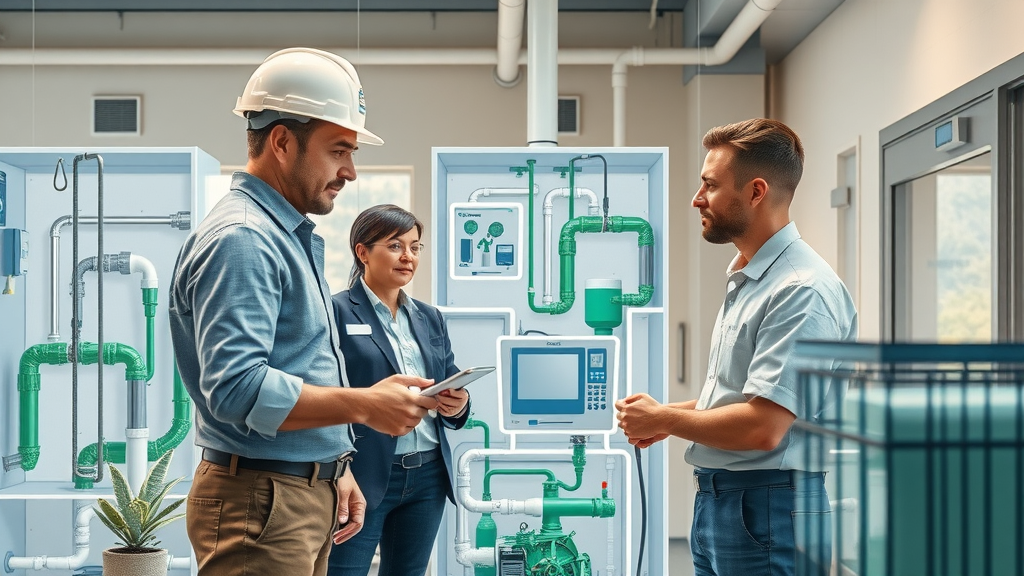
What are the most effective strategies for managing water scarcity in arid regions?
The most effective strategies involve integrating comprehensive water management systems, deploying efficient irrigation technologies, and prioritizing water smart design—all foundational to green construction best practices in water-scarce environments.
What are the technologies used to conserve water?
Key technologies include advanced rainwater harvesting, greywater recycling systems, AI-powered smart irrigation systems, and digital water monitoring platforms that enhance green building sustainability in arid regions.
What is green infrastructure for water conservation?
Green infrastructure encompasses systems that utilize natural processes to manage water, such as permeable pavements, bioswales, rain gardens, and constructed wetlands—all driving water conservation in sustainable construction.
Lists of Proven Water Conservation Measures for Arid Region Green Buildings
Develop a comprehensive water management plan
Implement rainwater harvesting and storage systems
Install greywater recycling infrastructure
Deploy smart irrigation systems and precision-controlled landscaping
Prioritize low-flow and water-efficient fixtures
Train staff and contractors on water conservation protocols
Monitor and optimize water usage with digital platforms
FAQs: Water Conservation Technologies for Green Construction in Arid Regions
How do smart irrigation systems function in green building projects?
Smart irrigation systems in green buildings use real-time soil moisture sensors and weather data to adjust watering schedules automatically. This ensures each landscape area receives optimal hydration with minimal waste, crucial for water conservation in arid climates.Are water conservation technologies cost-effective for small construction firms?
Yes. The initial investment in water conservation technologies—such as greywater recycling and smart irrigation—is often recouped quickly through reduced water bills, enhanced marketability, and compliance with emerging regulations.Can water management improvements reduce overall project risk in arid regions?
Absolutely. Improved water management safeguards projects against supply interruptions, price volatility, and potential regulatory fines. It also supports brand resilience and stakeholder trust in sustainability-driven markets.What regulatory requirements impact water conservation in green building?
Many jurisdictions now require or incentivize the use of water-smart construction technologies—especially in arid regions. Regulations may cover landscaping, plumbing efficiency, rainwater and greywater systems, and digital water monitoring.
Key Takeaways: Advancing Green Construction with Water Conservation Technologies in Arid Regions
Water scarcity is an ongoing challenge driving innovation in construction.
Integrating water conservation technologies enhances project value and resilience.
Successful green buildings in arid regions rely on proactive water management.
Collaboration and ongoing assessment are vital for long-term sustainability.

For Expert Guidance on Employee Benefit Programs in Green Construction Projects, Call Us at 817-587-0747 or Email Alan@AKPBusinessAdvisors.com
Incorporating advanced water conservation technologies is crucial for sustainable construction in arid regions. The article “Water Conservation in Green Buildings: Strategies and Technologies” provides an in-depth look at methods such as low-flow fixtures, rainwater harvesting, and greywater recycling, all tailored to reduce water consumption in green buildings. (sustainabilitymedialab.com) Additionally, the “Green Infrastructure in the Semi-Arid West” page by the US EPA offers insights into implementing green roofs, rain gardens, and bioswales, which are effective in managing stormwater and enhancing water efficiency in semi-arid climates. (epa.gov) For construction leaders aiming to enhance sustainability and resilience in water-scarce areas, these resources provide valuable strategies and technologies to integrate into your projects.
 Add Row
Add Row  Add
Add 



Write A Comment